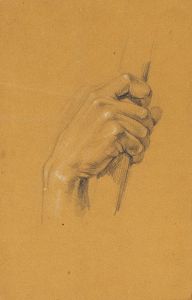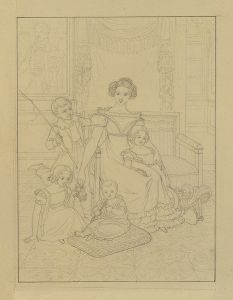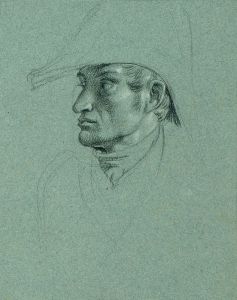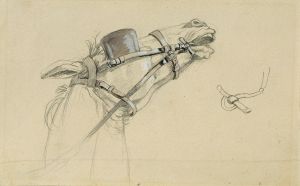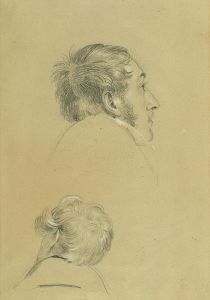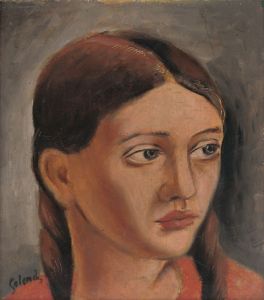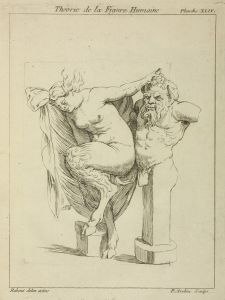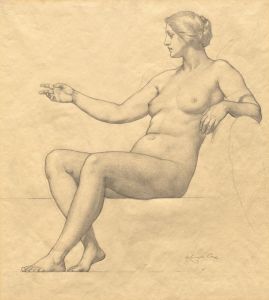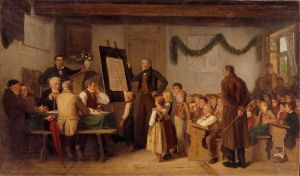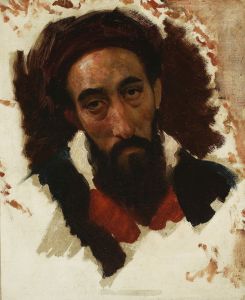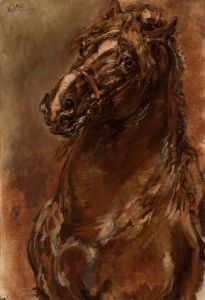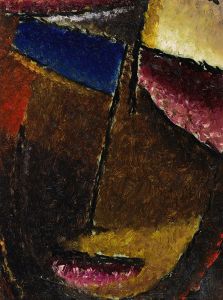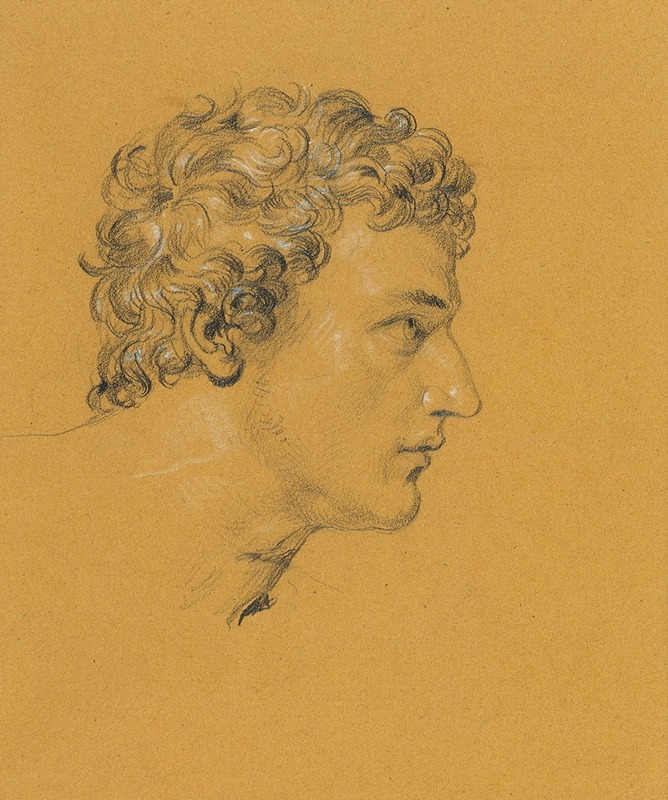
Studie eines Kopfes
A hand-painted replica of Johann Peter Krafft’s masterpiece Studie eines Kopfes, meticulously crafted by professional artists to capture the true essence of the original. Each piece is created with museum-quality canvas and rare mineral pigments, carefully painted by experienced artists with delicate brushstrokes and rich, layered colors to perfectly recreate the texture of the original artwork. Unlike machine-printed reproductions, this hand-painted version brings the painting to life, infused with the artist’s emotions and skill in every stroke. Whether for personal collection or home decoration, it instantly elevates the artistic atmosphere of any space.
Johann Peter Krafft was an Austrian painter known for his contributions to the Biedermeier period, which emphasized a return to simplicity and realism in art. One of his notable works is "Studie eines Kopfes," which translates to "Study of a Head." This painting exemplifies Krafft's skill in portraiture and his ability to capture the subtleties of human expression.
"Studie eines Kopfes" is a study piece, which means it was likely created as part of Krafft's practice or preparation for a larger work. Such studies were common among artists of the time as they allowed them to experiment with techniques, lighting, and composition without the pressure of completing a full-scale painting. This particular study focuses on the head of a subject, highlighting Krafft's keen attention to detail and his mastery of capturing the human form.
Krafft's work is characterized by its clarity and precision, qualities that are evident in "Studie eines Kopfes." The painting showcases his ability to render the textures of skin and hair, as well as the play of light and shadow across the face. This attention to detail not only demonstrates Krafft's technical skill but also his deep understanding of the human anatomy and his ability to convey emotion through subtle changes in expression.
The Biedermeier period, during which Krafft was active, was marked by a shift towards more intimate and personal subjects in art. This was a departure from the grand historical and mythological themes that dominated the previous Romantic period. Artists like Krafft focused on everyday life and the individual, which is reflected in the personal and introspective nature of "Studie eines Kopfes."
Krafft's influence extended beyond his paintings; he was also an important figure in the Viennese art scene. He served as a professor at the Academy of Fine Arts in Vienna, where he influenced a generation of artists with his teachings and his emphasis on realism and precision. His works, including "Studie eines Kopfes," are considered important examples of the Biedermeier style and continue to be studied for their artistic and historical significance.
While specific details about the subject of "Studie eines Kopfes" or the exact date of its creation may not be well-documented, the painting remains a testament to Krafft's skill and his contribution to the art of his time. It reflects the broader cultural and artistic trends of the early 19th century, where there was a growing interest in capturing the essence of the individual and the subtleties of human expression.
In summary, "Studie eines Kopfes" by Johann Peter Krafft is a fine example of Biedermeier portraiture, showcasing the artist's technical prowess and his focus on realism and individual expression. It remains an important piece for understanding the artistic movements of the time and Krafft's role within them.






